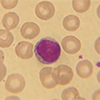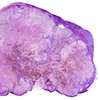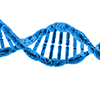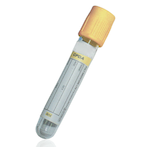Bilirubin (Direct) (DBili)
Specimen Volume
1mL blood (~250uL sample)Turnaround Time
24 hoursSample Processing In Laboratory
No special requirementsSample Stability
7 days at 2-8°CGeneral Information
At the end of their life span circulating red blood cells are broken down in the reticuloendothelial system, mainly in the spleen. The released haemoglobin is split and the haem is converted to bilirubin after the removal of iron. This bilirubin is bound to plasma albumin and is not water soluble; it is referred to as unconjugated bilirubin. It is transported to the liver where at the hepatic cell membrane bilirubin is split off from the albumin and passes into the cell where it is accepted by specific binding proteins. Bilirubin is then conjugated at the microsomes within the cell with glucuronic acid to form conjugated bilirubin. This is then transported out of the liver cell into the bile canaliculi and excreted in the bile.
In serum or plasma the terms “indirect” and “direct” bilirubin are often used to refer to unconjugated and conjugated bilirubin respectively; the difference being that the indirect fraction requires a solubiliser (originally methanol) to effect a reaction whereas the direct fraction reacts without a facilitating agent.
An increase in plasma bilirubin gives rise to the condition of jaundice, for which numerous classifications exist. Increased levels can be considered to arise from three possible causes:
- Increased formation and transport to the liver – e.g. intravascular haemolysis.
- Defective uptake, transport or conjugation by/in the liver – e.g. Gilbert’s disease, neonatal jaundice.
- Disturbances of excretion from the liver – e.g. liver cell destruction, intra- and extra hepatic cholestasis.
The first two causes give rise to increased levels of unconjugated bilirubin, whilst the third to an increase in conjugated bilirubin. Most biochemical tests of liver function are used to distinguish different causes of jaundice in the third category.
Patient Preparation
No special patient requirements. The assay must be performed in serum only (yellow/red top).
Reference Range
0 – 9 µmol/L
Source of Reference Range
Manufacturer's kit insert (Abbott Alinity)Specifications
- EQA Status: UK NEQAS paediatric bilirubin scheme
- EQAS Scheme: Yes








